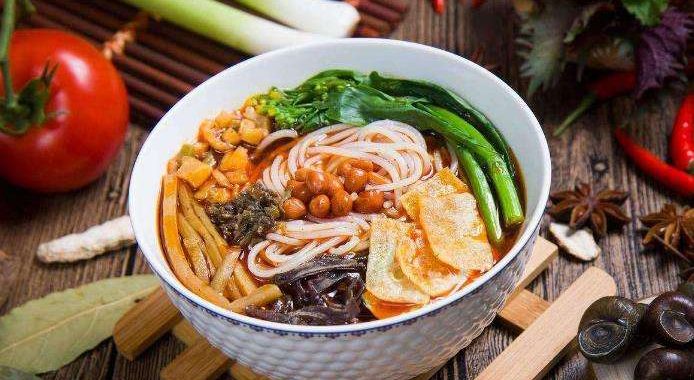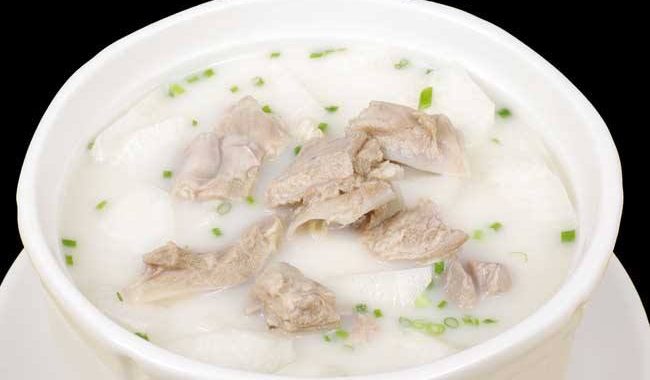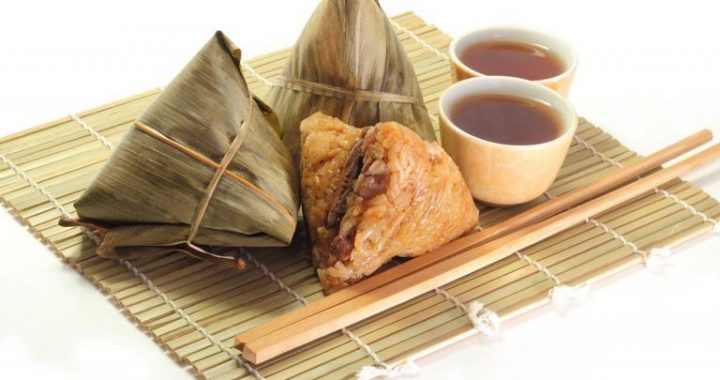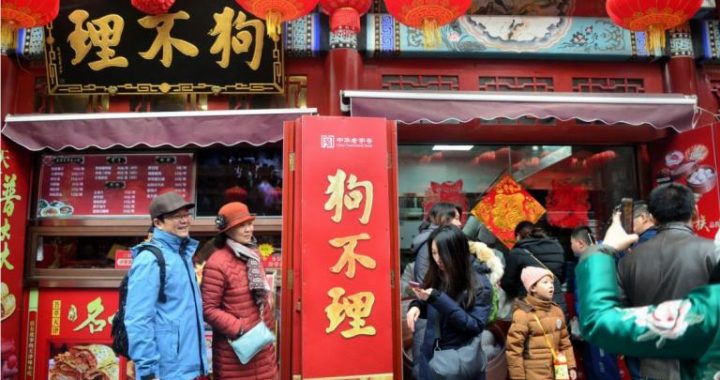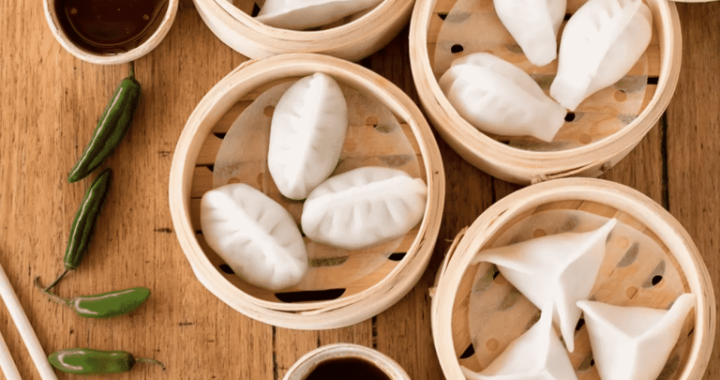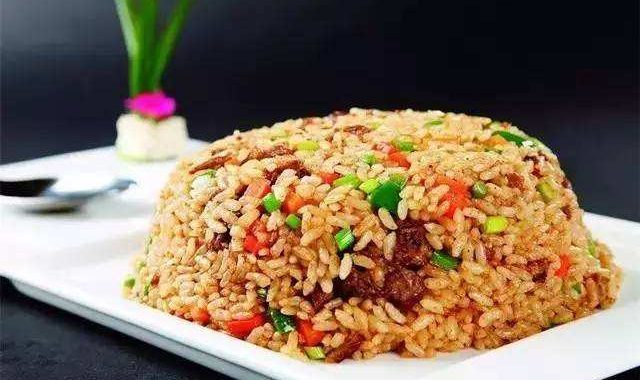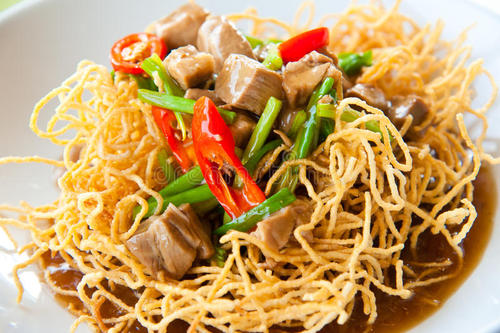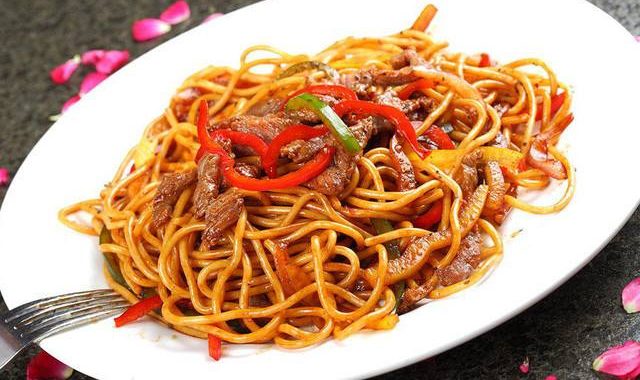Four Major Groups of Chinese Cuisine
5 min readChina is a vast country with a wealth of local specialities for the cooking, and in different places, there are different ways for preparing dishes. So it is believed that its history and its unique cookery as well as the geographical location, climatic features, natural resources and eating habits of a specific area is inevitably indispensable to the formation of certain cuisine.
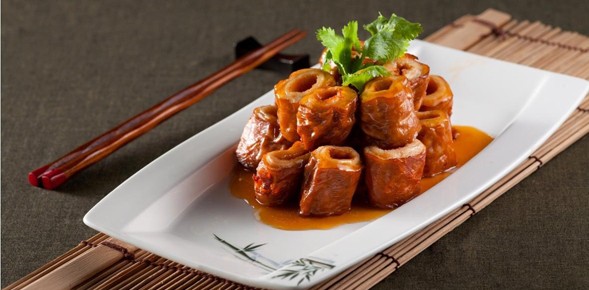
Many different cuisines unique to certain areas are formed, for instance, Shandong cuisine, Beijing cuisine, Shanghai cuisine, Sichuan cuisine, Jiangsu cuisine, Zhejiang cuisine, Anhuicuisine, Hunan cuisine, Hubei cuisine, Fujian cuisine, Shannxi cuisine, Henan cuisine, north-eastern China cuisine, royal style cuisine, Muslim style cuisine and vegetarian cuisine. Butgenerally speaking, the Chinese cuisine can be divided into four major groups, based on the localities of their origin (Of course, they can be further divided into eight groups). The four major groups are: Yue(Guangdong) group, Chuan(Sichuan) group, Lu(Shangdong) group and Su(Suzhou, Yangzhou and Hangzhou) group. Below is a brief introduction to their features:
Yue(Guangdong) Cuisine or the Canton School
Yue Cuisine includes Guangdong and Guangxi cooking. It is characterized firstly by its wide and strict selection of ingredients. Seafood and game food are the first-rate courses.
Besides chicken, duck and goose, pigeon, partridge and squail also make delectable dishes. For seafood, the Cantonese take to grouper, pomfret, hairtail, conger eel, turtle, prawn and crab.
Their favorite game foods include reptiles and amphibians: terrapin, tortoise and snake. Yue Cuisine holds fastidious norms in selecting ingredients.
Secondly, Guangdong people favor light, delicious, refreshing and slippery tastes. Their cooking methods are mostly steaming, boiling, saute and stir-frying with thick gravy. Dishes are lightly cooked and not as highly spicy and hot as the other three groups. Due to the long duration of summer, they favor light and refreshing foods and aquatic food, and like to tastethe original flavor of sea foods and fresh foods. Only in winter do they eat fatty foods and strongly flavored foods, such as dog meat, stewed pork chunks, fried oyster, braised eel, pig’s knuckle, etc.
The third characteristic of Guangdong cuisine is plenty of supportive vegetables, due to the substantial scope of local produce. In the north of Guangdong are grown plenty of mushrooms and bamboo shoots. With the favorable climate, the province abounds also in rich varieties of fruits, such as pineapple, litchi, plum, cocoa nut, banana, Chinese chestnut, etc. All these can make hygienic dishes.
The fourth characteristic is the many kinds of porridges and refreshments. The long summer and the lot of perspiration require meat porridges to replenish the nutriments and water lost. Porridge shops(including some canteens affiliated to “five or four-star”hotels)
prepare a stock of base porridge(called “taste porridge”) with ingredients of hens, pig bones, dried scallops and soybean rolls. When a certain kind of porridge is required, the cook adds to the base porridge some other suitable, ready-made ingredients such as fish, shrimp, crab, meat ball, pig’s giblets, beef, chicken, duckling, etc., as well as ginger, Chinese onion and pepper powder. Located at the junction of international exchanges, Guangzhou has amalgamated both the overseas and domestic merits in preparing refreshments. Every teahouse or hotel provides hundreds of cakes and refreshments, which are worth trying.
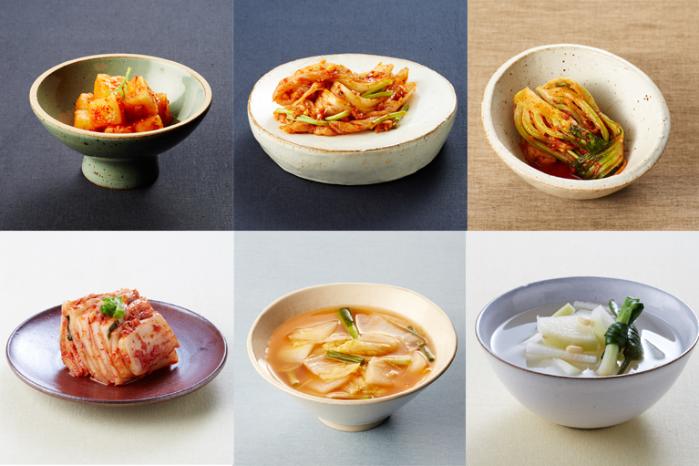
Chuan(Sichuan) Cuisine
World-famous Chuan Cuisine traces back to the ancient Ba Kingdom(modern Chongqing) and Shu Kingdom(modern Chengdu) and is distinguished for its oily and hot and spicy taste.
Their uniquely hot, pungent flavor is created by a mixture of spices and condiments, includingred pepper, garlic and ginger. This is due to the foggy, cloudy and damp climate in the Sichuan Basin. Hot food is useful for dispersing dampness. Sichuan folks are keen for hot and spicy oxen’s giblet pot, hot and spicy beancurd and other hot and spicy foods.
Another characteristic of the Chuan cuisine is its preparation of different dishes with the same raw material. With a piece of half-fat, half-lean pork, Sichuan cooks can preparea number of different dishes with different flavors, such as salted-fried pork slices, re-cookedpork slices, sweet and hot shredded pork, fried pork cubes, sliced pork cooked with rice crust, sweet steamed pork chunks, salty steamed pork chunks, pork steamed with ground glutinous rice, white cut hot pork, etc.
The third characteristic of the Chuan cuisine is the tasty snacks, including hot ox-head meat, spiced chicken, tea-stewed ducking, marinated rabbit meat, pickled vegetables, dumplings, eight-treasure rice puddings, etc.
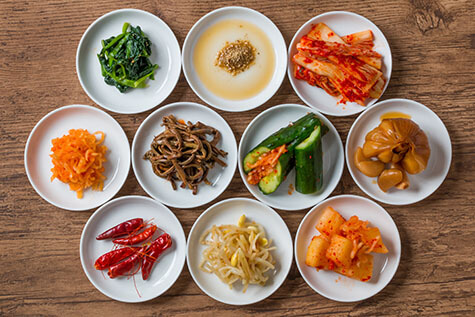
Lu(Shandong) Cuisine
Lu Cuisine enjoys a long history and wide popularity and is the crystallization of the Qiand Lu culture of the ancient China. It has traces of palatial cuisine. Its first characteristic is its strongly flavored dishes made of costly ingredients such as petrel nest, shark fin, abalone, fish tripe, sea cucumber, deer meat, mushroom, white fungus, clam, etc.
Due to the long duration of the cold weather in north China and shortage of vegetables, the cooks in Shandong are skilled in making high-calorie and high-protein dishes. It is the second characteristic of the Lu cuisine. Typical Shandong delicacies are: skin-crisp roasted duck (Peking Duck), nine-bends pig intestines, bone-detached braised chicken, in-wok-fried Yellow River carp, conch braised in soy sauce, and deep-fried oyster.
Lu cuisine cooks used to keep a wok of flavoring broth(with old hen and pig knuckles, etc., as ingredients) and sprinkle it into the pan as a substitute for gourmet powder. It is the third characteristic as well as a tradition of the Lu cuisine. The Lu cuisine cooks are also expert at preparing milk soups. The vegetable milk soup in Jinan has enjoyed a fame.
Su Cuisine
Su Cuisine originated from Suzhou and later from Yangzhou and Hangzhou too, these places being known as a land flowing with milk and honey. Its first characteristic is the combination of relishes of both the Southerners and the Northerners. This region was the abode of the emperors during the Six Dynasties and the Southern Song Dynasty. The Great Canal flowing through the region has facilitated the exchanges between the South and the North. The Su cuisine chefs, on the one hand are dexterous in cooking southern style dishes, which are tasty and refreshing, and on the other hand are dexterous in cooking high-heat and high-protein dishes, such as stewed pig knuckles with ham, braised “Lion’s Head”(pork balls) and stir-fried eel pastry. In the menu of the Su cuisine can be found a long list of dishes suiting both the Southerners and the Northerners.
Plenty of lake produce and seafood constitute the second characteristic of the Su cuisine. Such dishes include the Crab-yellow Lion’s Head, crab-yellow petrel nest, shark fin in shrimp soup, West-Lake sweet-sour fish, steamed hilsa herring(produced in the Fuchun River), meat-stuffed lotus root, spicy Tai-Lake crucian carp soup, lotus-seed duck broth, etc.
The third characteristic of the Su cuisine is its exquisite refreshments and snacks, such as pine-nut-crystalline-meat sweet cake, crab-yellow-soup bun, crab-yellow steamed dumpling, Ningbo dumpling, etc, which are famed throughout China.
It is interesting to note that the four categories of cuisine are described as four kinds of persons: Su Cuisine is a Southern beauty, graceful and elegant; Lu Cuisine a Northern man, simple and robust; Yue Cuisine a pampered son of a wealthy family, refined and romantic; and Chuan Cuisine a celebrity, talented and versatile.
